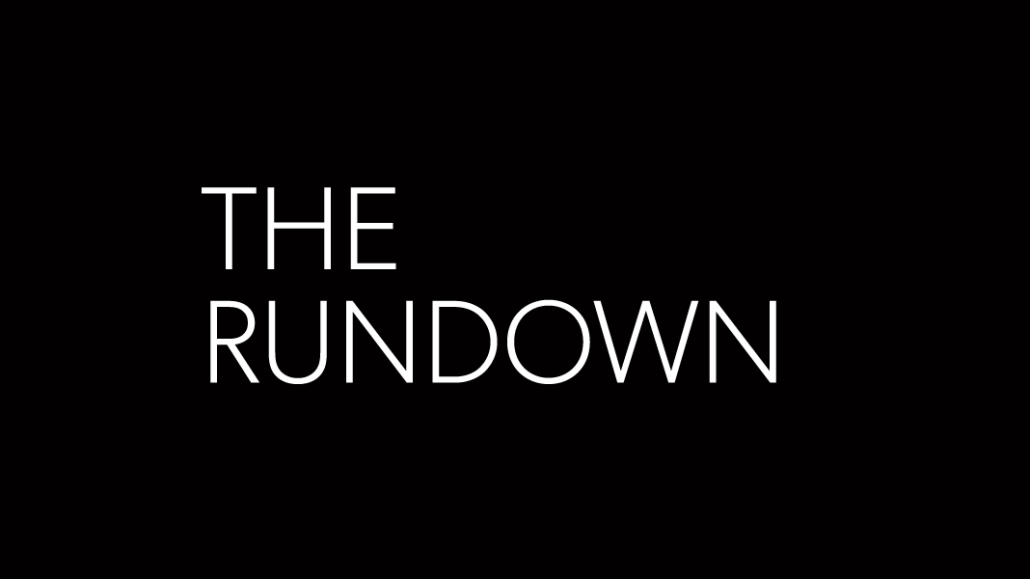Register by Jan 13 to save on passes and connect with marketers from Uber, Bose and more

Publishers of all stripes have flocked to content studios in recent years, at least partly in attempt to differentiate from — and diminish their reliance on — major platforms such as Facebook, Google and other intermediaries. But as these experiments begin to mature, some across the industry and within publishers’ content studios themselves are questioning what the next phase of their evolution will look like.
It’s no secret that content studios have faced growing pains. It’s one thing to bring in a few campaigns from big-name clients who are eager to test the water, but it’s another to build steady pipeline of work and a sustainable model with reasonable margins.
But as the space gets more competitive — and as agencies and marketers become more familiar with working with publishers in this capacity — some content studio staffers are expressing concerns about the long-term viability of the model, or at least questioning how many offerings the market has room for.
“The margins are already hard, and they aren’t getting any easier,” a sales executive for a major news publisher’s studio said. “It’s a constant battle to land campaign after campaign.”
For other publishers, content studio revenues simply haven’t taken off the way they’d hoped. Some say their studios are essentially just repackaging and selling media through a different channel and that the revenue they generate doesn’t really carry to their bottom lines as a result.
Another challenge: Marketers are asking harder questions about the effectiveness of the content and services they’re getting from publishers, in addition to their digital marketing spend more broadly. Advertisers say they’re getting more adept at tracking and measuring the effectiveness of branded content campaigns, and sellers agree.
Recent Digiday research found that over half of marketers say biggest challenge with content marketing is figuring out what metrics to track, and how.
“There’s been a push for more accountability,” the sales exec said.
Meanwhile, publishers are eager to invest in other things. Many publishers are now experimenting with subscription and membership programs, commerce offerings and other ways to extract revenue directly from their audiences instead of relying on marketers. Publishers can have multi-pronged revenue models, but organizing resources and juggling different priorities can be a challenge.
Publishers such as BuzzFeed, which helped popularize the shift to branded content, is investing more effort in alternative revenue streams such as programmatic display ads and a membership program while others, such as The Guardian are making drastic changes to introduce efficiencies to their operations.
It’ll be interesting to see how content studios evolve in 2019, and if they’ll remain a priority for publishers or get pushed to one side as other opportunities and more attractive priorities arise.
More in Media

Media Briefing: Here’s what media execs are prioritizing in 2026
Media executives enter 2026 weathered by disruption, but refocused on AI revenue, brand strength and video and creator opportunities.

Why publishers are building their own creator networks
Publishers are forming creator networks to regain control, combat traffic declines, and reach audiences shifting toward influencers.

The accidental guardian: How Cloudflare’s Matthew Prince became publishing’s unexpected defender
Cloudflare’s day job is fending off botnets and nation-state cyberattacks, not debating how Google and other AI firms crawl publisher sites.





